Wales boasts a proud heritage in architecture and is the home to some iconic traditional designs. In recent times, there have been increasing numbers of new builds, leaving potential buyers with plenty of choice. The variety now available poses an interesting question: are traditional houses more popular in Wales than new builds or vice versa? Let’s compare the two and consider the pros and cons of each housing type.
The Importance of Upkeep to Preserve Welsh Property History
According to StatsWales, between October 2019 and December 2020, 1,329 total new dwellings emerged across Wales. Of those, 1,059 were houses. Unlike traditional housing, however, these require less upkeep. Because of Wales’ rich history, many of the country’s buildings date back to the late 19th and early 20th centuries. Primarily, the appeal of old-school designs lies in their dated aesthetics, as they’re typically more unique than contemporary builds.
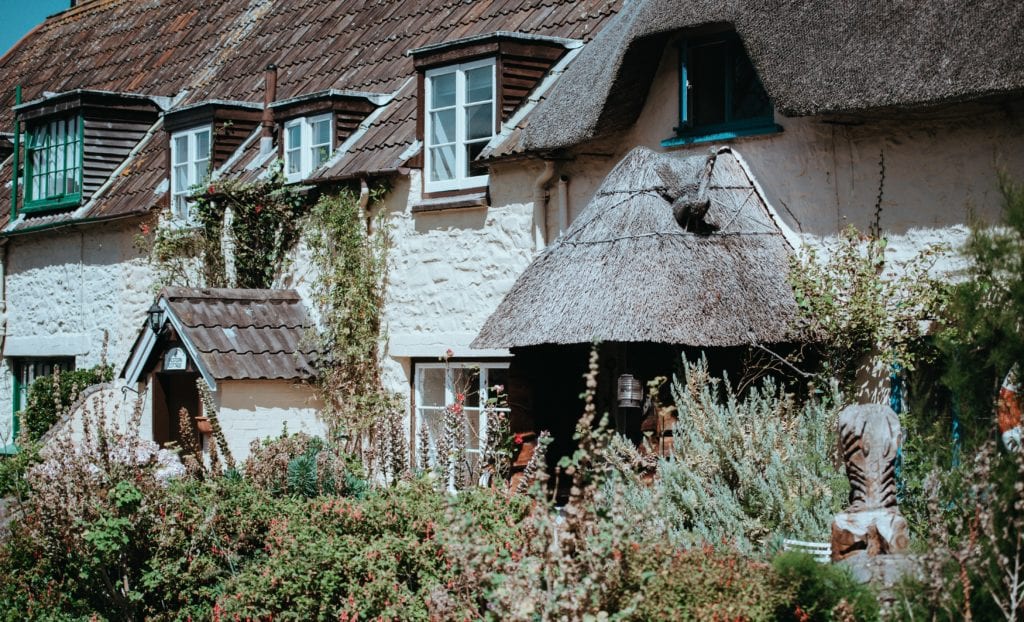

For those concerned about the upkeep of old houses, it’s pivotal to know that using new technology to alter the property’s structure can damage the building’s foundations. Still, regular maintenance of Wales’ traditional housing is of utmost importance. Not only does this safeguard the property’s integrity, but it also avoids any expensive issues emerging at a later date.
Within Wales, traditional housing reflects the social and cultural history of the surrounding area. New builds, however, don’t have that same impact. Although more generic in appearance, contemporary designs require less upkeep and fewer surveys. In many ways, the fact that they’re a more hassle-free investment makes them extremely appealing to first-time buyers.
What Are the Pros and Cons of Each?
In relation to new builds, there are several advantages to investing in a modern-day design. As exterior structural work doesn’t require traditional techniques, it makes them significantly more customisable. You will also find that new build properties come with brand new plumbing, electrics and a boiler system, avoiding expensive maintenance costs. Not only that but, from an efficiency standpoint, new builds are better-insulated. Unlike old designs, they’re typically constructed with cavity wall foam and double-glazing. However, new properties aren’t without their drawbacks. In older houses, the walls were all made from thick brick and stone, whereas modern-day concepts predominantly use plasterboard. For those living in a non-detached house, thinner walls are less effective at reducing noise from neighbouring properties.
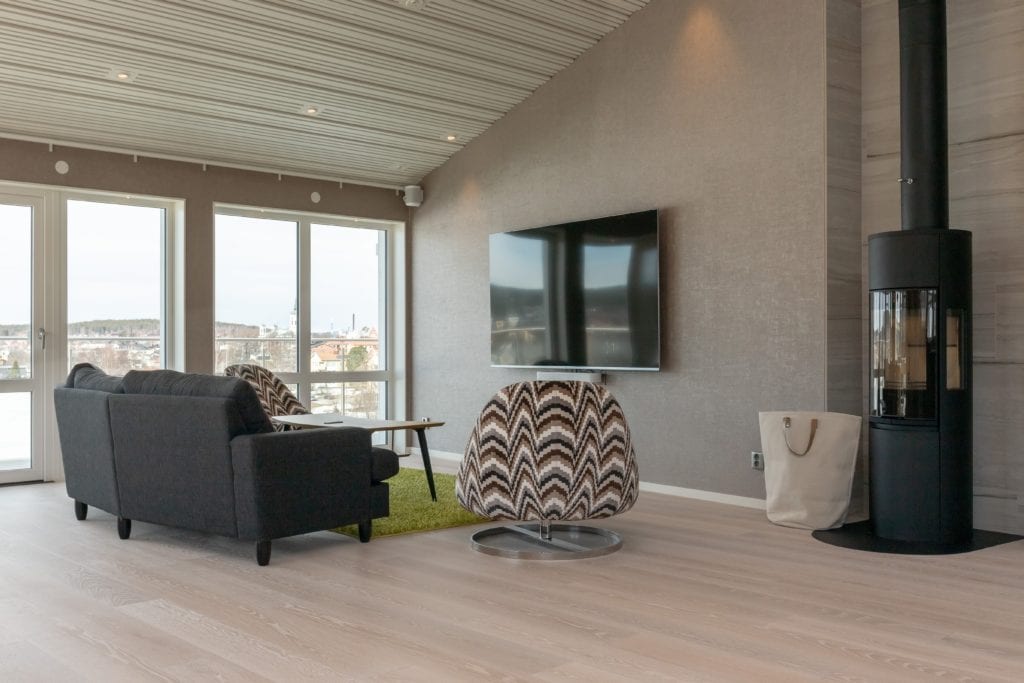

Traditional houses with good surveys come with numerous benefits. Aside from their thicker walls, they’re also often more spacious and come with well-sized gardens. That said, it’s impossible to overlook that older designs will need either costly upkeep or heavy restorations.
Generally, having a choice between old and new can only be seen as a positive for Wales’ housing market. Because of the available options, the property sector is now more expansive than ever before. In turn, this means that every housing type is seemingly in demand which is great for local housing markets. If we take a look at the latest property market data for Cardigan, for example, we can see it takes an average of 21 weeks for a house to sell in the town. Not only that, but the cost of a three-bed property rose between August 2020 and February 2021, with a rate of just 0.2 percent reducing their asking price.
What Should You Buy?
As deciding what house to buy is a significant step in anyone’s lives, it’s pivotal to follow your heart (and head) and make an informed decision. For those who enjoy the quirkiness of old houses and are at peace with the required upkeep, purchasing one will allow you to own a piece of Welsh history. New houses, on the other hand, lack the character of older designs but are much more manageable.





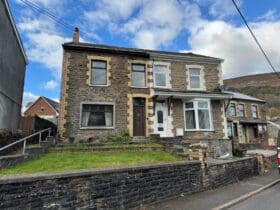
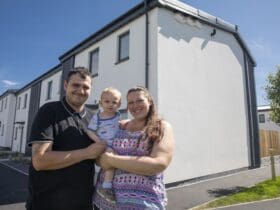
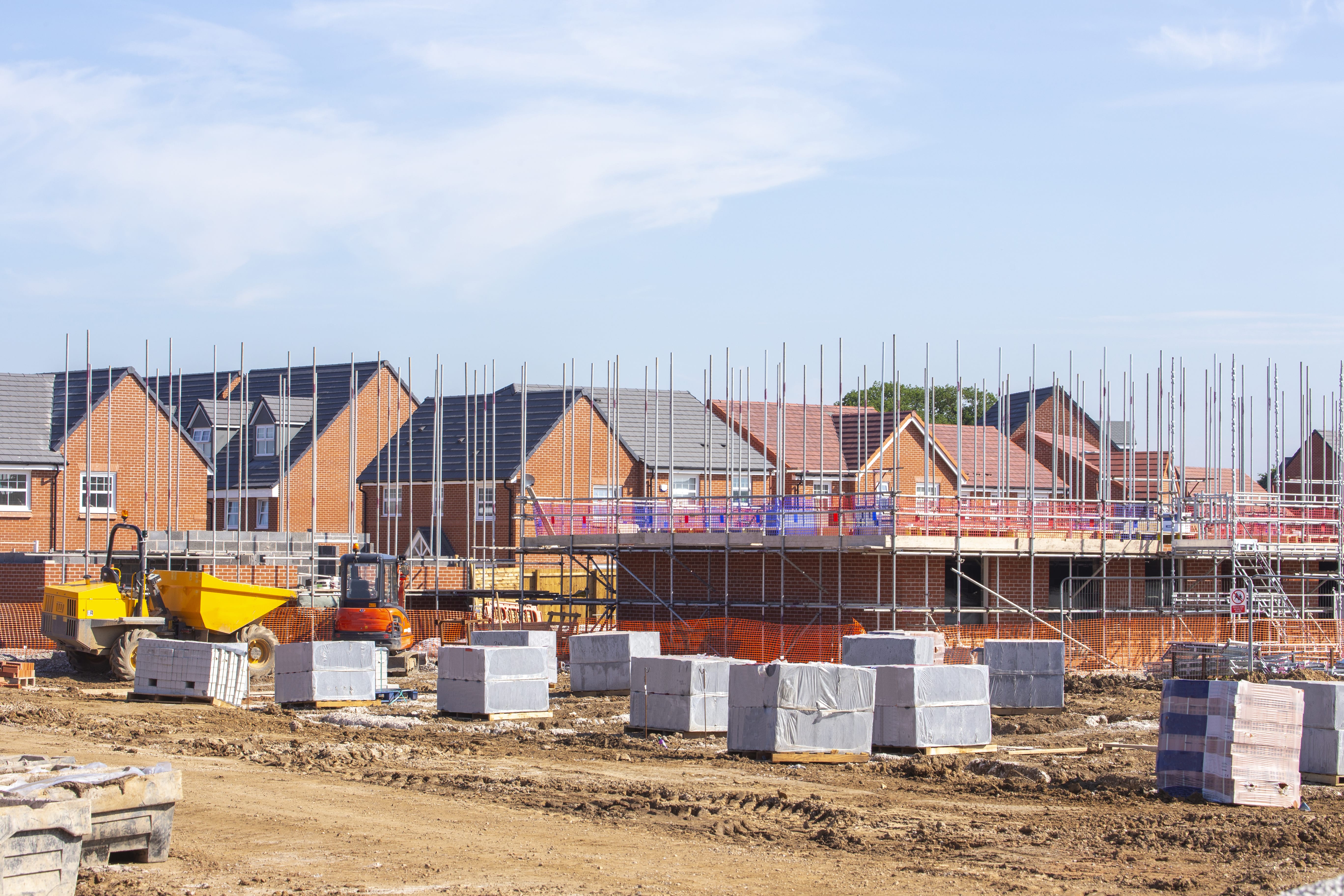
Leave a Reply
View Comments